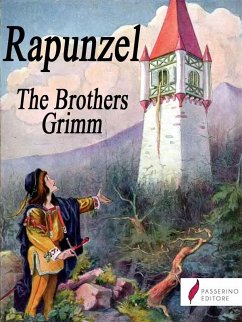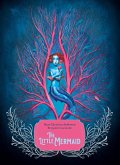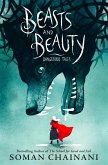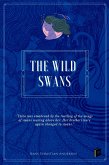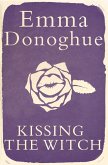Rapunzel is a German fairy tale recorded by the Brothers Grimm and first published in 1812 as part of Children's and Household Tales (KHM 12). The Brothers Grimm's story is an adaptation of the fairy tale Rapunzel by Friedrich Schulz (1790) that was a translation of Persinette (1698) by Charlotte-Rose de Caumont de La Force, which was itself influenced by an earlier Italian tale, Petrosinella (1634), by Giambattista Basile. The tale is classified as Aarne-Thompson type 310 ("The Maiden in The Tower"). Its plot has been used and parodied in various media. Its best known line, "Rapunzel, Rapunzel, let down your hair", is an idiom in popular culture. The Brothers Grimm, Jacob Ludwig Karl Grimm (1785-1863) and Wilhelm Carl Grimm (1786-1859), were German academics, philologists, cultural researchers, lexicographers and authors who together collected and published folklore during the 19th century. They were among the first and best-known collectors of German and European folk tales, and popularized traditional oral tale types such as "Cinderella" ("Aschenputtel"), "The Frog Prince" ("Der Froschkönig"), "The Goose-Girl" ("Die Gänsemagd"), "Hansel and Gretel" ("Hänsel und Gretel"), "Rapunzel", "Beauty and the Beast", "Little Red Riding Hood", "The Wolf and the Seven Young Goats", "Rumpelstiltskin" ("Rumpelstilzchen"), "Sleeping Beauty" ("Dornröschen"), and "Snow White" ("Schneewittchen"). Their classic collection, Children's and Household Tales (Kinder- und Hausmärchen), was published in two volumes-the first in 1812 and the second in 1815.
Dieser Download kann aus rechtlichen Gründen nur mit Rechnungsadresse in A, B, BG, CY, CZ, D, DK, EW, E, FIN, F, GR, HR, H, IRL, I, LT, L, LR, M, NL, PL, P, R, S, SLO, SK ausgeliefert werden.

